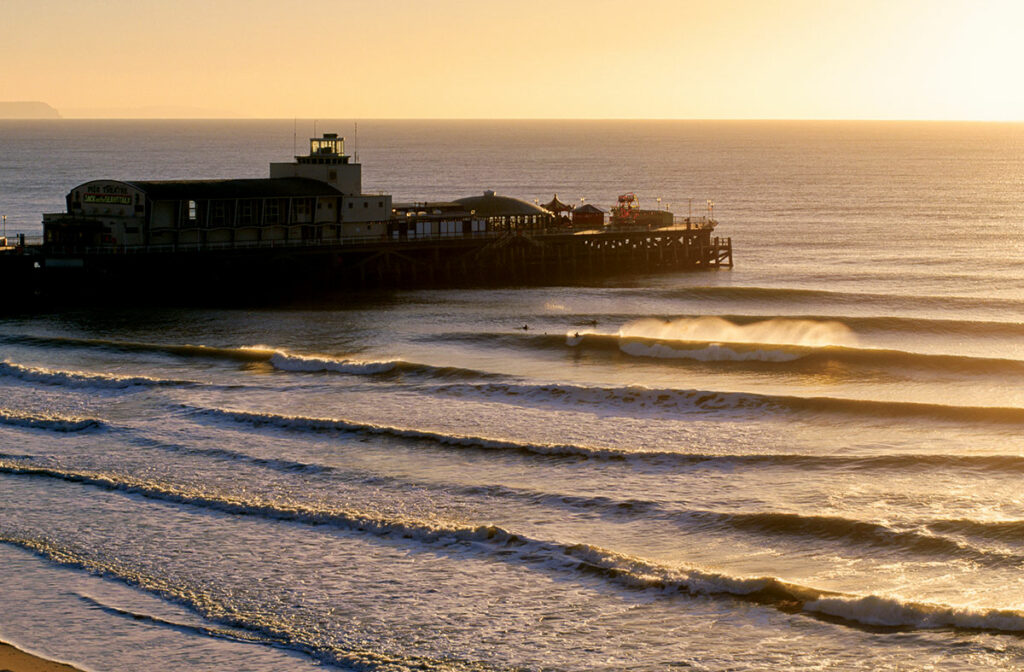Riding the Emerald Waves: How Surfing Found its Place in Irish Tradition
Along Ireland’s craggy coastline, the Atlantic swells heave towards rocky shores blanketed in lush emerald hues. This striking seascape seems an unlikely cradle for a surf culture. Yet, Ireland has steadily cemented itself as a destination for riders chasing salty adventures and communities bonded by the sea. Far more than a passing hip foreign fascination, surfing in Ireland has organically found its niche, blending with coastal traditions and becoming part of the nation’s cultural fabric.
Ancient Ireland revered the ocean, with seafaring Celts like the Builg or Voluntii tribes fishing and trading atop bespoke currach boats between 400 BC and 400 AD. This intrinsic connection with the water paved the way for Ireland to eventually embrace surfing as a sport and as a lifestyle interwoven with old and new customs.
Riding the First Waves
Most accounts credit returning Irish emigrants in the 1940s with pioneering Irish surfing after encountering surf culture in America, Hawaii or Australia. These early surfers navigated cold and dangerous breaks with rudimentary longboards, fueled simply by a desire to harness the very swells and storms of Irish maritime tradition, which they both respected and relied upon.
Their initial ripples steadily enlarged, catching the imaginations of young Irish rebels and adventurers drawn to surfing’s counterculture status. Thus, surfing has organically embedded itself amid Ireland’s coastal communities through the decades, as much a part of the local routine as the traditional music, storytelling, and seafront craic (fun) documented across Irish culture.
World-Famous Breaks and Local Legends
From the celebrated peaks of Bundoran in Donegal down to the welcoming waves of Inchydoney in Cork, Ireland’s surf swells have garnered global acclaim. Mighty Mullaghmore in Sligo stands among the world’s most notorious big wave surf spots, topping dizzying heights of 60 feet when autumn and winter storms strike Ireland’s northwest. Yet scores of lesser-known local haunts exist where Irish surfing culture quietly pulses each day.
Spots like the rocky reef rips of Lahinch in Clare nurture local legends where weathered veterans and awestruck groms (young surfers) congregate to trade tales of their exploits. Nearby, the Cliffs of Moher breaks like Spanish Point and Crab Island near Liscannor Bay shine when conditions align. In fact, a 2010 survey identified more than 150 established surfing spots around Ireland’s expansive coast. From December’s annual Mensches Longboard Invitational at County Wexford’s Cush to the friendly beginner waves of County Waterford’s Tramore Beach, Irish surf culture remains defined less by its icons and more by the tight-knit communities clustering around favoured local haunts.
Contemporary Evolution of Irish Surfing Culture
As interest blooms globally, surfing in Ireland faces growing pains around crowded lineups and sustainability concerns. Wastewater pollution rendered Dublin Bay temporarily unsurfable in 2019 and highlighted the need to balance tourism ambitions with environmental vigilance. Some hold fears that remote legendary waves like Riley’s off Kerry’s Dingle Peninsula may become victims of their own success. However, Irish surf culture still clings tight to traditions of stewardship and hospitality expected within its communities.
Respect for the ocean ultimately lies at the heart of Irish surfing. Organisations like the Irish Surfing Association, Irish Marine Institute and Clean Coasts drive initiatives combatting pollution, funding research on climate change’s marine impacts and raising awareness of sustainable practices. Leading Irish surf schools like Bundoran Surf Co. or Lahinch Surf School emphasise eco-consciousness as core to their ethos.
This mindset mirrors the reflections of Connolly Cove on Ireland’s cultural shift towards implementing broadly sustainable national policies to preserve the island’s magnificent natural allure for generations. At its best, the Irish surfing community embodies this progression, providing a model for how tradition and advancement can merge while treading lightly upon these treasured emerald shores.
Riding Celtic Waves
Much like time-worn Celtic fairy rings or spiritual pilgrimage paths across the Burren’s stony landscape, surfing in Ireland has etched its own marks upon the cultural landscape. Surf shops peddling hand-shaped boards, boutique hotels catering to salty visitors and roadside cafes where gnarled veterans trade tales over steaming soup are now familiar institutions dotted along Ireland’s coasts.
In tandem, competitive events join surf culture with the Irish zeal for sport. Annual festivities range from the West Coast Surf Club Championships to the All-Ireland Intervarsity Contests to East Coast Surf School’s Surf to Soul Kids charity contest. Surfing adds another rich thread to Ireland’s tapestry of creative expression, too, woven into films like 2017’s Irish Surfing documentary, which explores the sport’s cultural impact.
Surfing in Ireland has undoubtedly travelled a long road over thousands of miles worth of waves since its genesis in the mid-20th century. Yet the soul of Irish surfing still mirrors the enduring elements of culture so well documented by Connolly Cove – the profound sense of place shaping identity, the bonds of community linking generations and the spirit of resilience allowing traditions to evolve amid modern influences. In tasting the salt spray upon Irish swells, one still touches the very same waters that have connected, inspired, and sometimes tested Ireland across the ages. And perhaps most profoundly, surfers here still chase the very thrill of living in harmony with the awesome power of Ireland’s Atlantic rather than simply trying to tame it.

